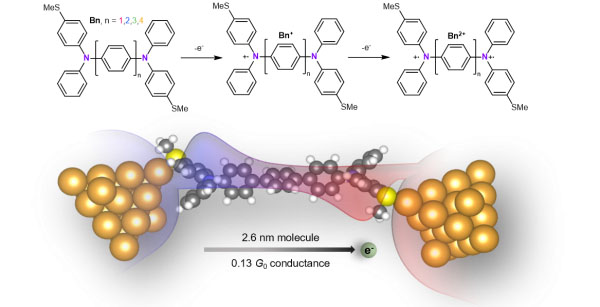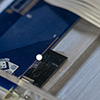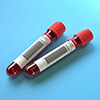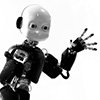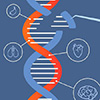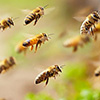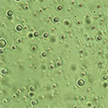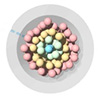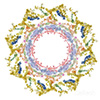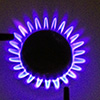Jul 07, 2022 (Nanowerk News) As our devices get smaller and smaller, the use of molecules as the main components in electronic circuitry is becoming ever more critical. Over the past 10 years, researchers have been trying to use single molecules as conducting wires because of their small scale, distinct...
The self-calibrated photonic-chip – an interchange for optical data superhighways
Jul 07, 2022 (Nanowerk News) Research led by Monash and RMIT Universities in Melbourne has found a way to create an advanced photonic integrated circuit that builds bridges between data superhighways, revolutionising the connectivity of current optical chips and replacing bulky 3D-optics with a wafer thin slice of silicon. This...
‘You are what you eat’, and now researchers know exactly what you’re eating
Jul 07, 2022 (Nanowerk News) An international team of scientists, led by researchers at University of California San Diego, report a new method called untargeted metabolomics to identify the vast number of molecules derived from food that were previously unidentified, but that appear in our blood and our stool. The...
Human-like robots may be perceived as having mental states
Jul 07, 2022 (Nanowerk News) When robots appear to engage with people and display human-like emotions, people may perceive them as capable of “thinking,” or acting on their own beliefs and desires rather than their programs, according to research published by the American Psychological Association. “The relationship between anthropomorphic shape,...
A potential danger of CRISPR gene editing
Jul 07, 2022 (Nanowerk News) Gene therapy using CRISPR/Cas9 gene editing is currently in clinical trials around the world for a variety of diseases. A report from Boston Children’s Hospital, published in Nature Communications ("Frequency and mechanisms of LINE-1 retrotransposon insertions at CRISPR/Cas9 sites"), warns of a potential, previously undiscovered...
Bees’ ‘waggle dance’ may revolutionize how robots talk to each other in disaster zones
Jul 07, 2022 (Nanowerk News) Where are those flowers and how far away are they? This is the crux of the 'waggle dance' performed by honeybees to alert others to the location of nectar-rich flowers. A new study in Frontiers in Robotics and AI ("Bio-inspired Vision and Gesture-based Robot-Robot Interaction...
Investigating water/oil interfaces with opto-thermophoretic tweezers
Jul 07, 2022 (Nanowerk Spotlight) Spontaneous charging of interfaces between water and hydrophobic (i.e., water-repelling) media is a mysterious feature whose nature and origin – despite many efforts to explain them – are still not fully understood. For instance, experiments reveal that water interfaces with immiscible liquids such as oil...
Physicists work to shrink microchips with first one-dimensional helium model system
Jul 06, 2022 (Nanowerk News) Physicists at Indiana University and the University of Tennessee have cracked the code to making microchips smaller, and the key is helium. Microchips are everywhere, running computers and cars, and even helping people find lost pets. As microchips grow smaller, faster and capable of doing...
Researchers use X-rays to decode complex piece of cellular machinery, atom by atom
Jul 06, 2022 (Nanowerk News) Whatever you are doing, whether it is driving a car, going for a jog, or even at your laziest, eating chips and watching TV on the couch, there is an entire suite of molecular machinery inside each of your cells hard at work. That machinery,...
Solar-powered chemistry uses carbon dioxide and water to make feedstock for fuels, chemicals
Jul 06, 2022 (Nanowerk News) Solar-powered synthesis gas could recycle carbon dioxide into fuels and useful chemicals, an international team of researchers has shown. “If we can generate syngas from carbon dioxide utilizing only solar energy, we can use this as a precursor for methanol and other chemicals and fuels....

